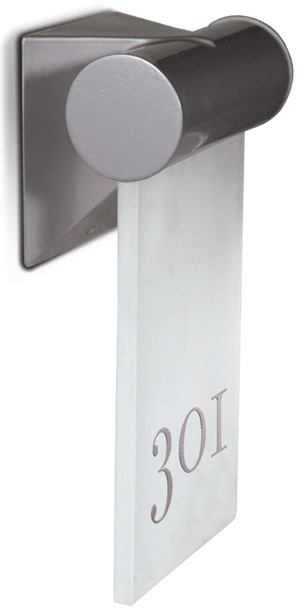Metal halide, which uses a bulb that is a different size and thus incompatible with other light source fixtures, is emerging as an alternative energy-efficient technology, says Jeff Wilson, owner of Phos Lighting, a full-service lighting design, installation, and services company in Tulsa, Okla. The technology is appropriate mostly for commercial and large-scale landscape lighting because of its high light output. In lamps with equal wattages, metal halide can be three to 10 times more efficient than halogens in lumens per watt, and it has a life expectancy of 3,000 to 12,000 hours, versus 1,000 to 3,000 for halogen.
“It’s definitely longer lasting, and the energy efficiency is slightly better,” Wilson says, adding that he uses it as a replacement for tree lighting, in combination with low-voltage lighting. “It’s very warm, and the color rendition is very good. That’s why we like it for tree lighting and lighting houses.” Some firms are coming out with lower-wattage, smaller-size metal halide fixtures, such as a 20-watt MR-16, but “they’re a little slow in coming,” Bartlett says.
LEDs generally require little maintenance over the life of the fixture because no relamping is required—various manufacturers claim their LED lamps can last from 10,000 to 50,000 hours (1.1 to 5.7 years of continuous operation, or more than 27.4 years if used for 1 hour per day), at which point they will dim, but not die completely. They use two to five times less power than a typical incandescent bulb, which wastes 90 percent or more of its energy as heat, manufacturers say. The LEDs are extremely small, and their power drivers have gotten tinier in recent years, so the fixtures themselves can be similar in size to a low-voltage halogen.
On the flip side, pros are quick to add that the technology faces its own challenges. While the lights save energy and last longer, their initial pricetag is up to two-and-a-half times higher than standard low-voltage fixtures. Some manufacturers believe the price will come down eventually, though not to the level of halogen or metal halide. Also, while LED light bulbs that fit into incandescent fixtures exist, most are not as efficient as LED fixtures designed to incorporate the LED light source, Dross says.
“We’re kind of waiting on LED,” he says. “If they can get the color right and get good fixtures out, it would be easier to sell.”
Indeed, time will tell how the lighting options shake out. But as manufacturers continue to refine lamp and fixture design, pros and consumers can expect a growing number of energy-efficient solutions to brighten up a home’s exterior.



